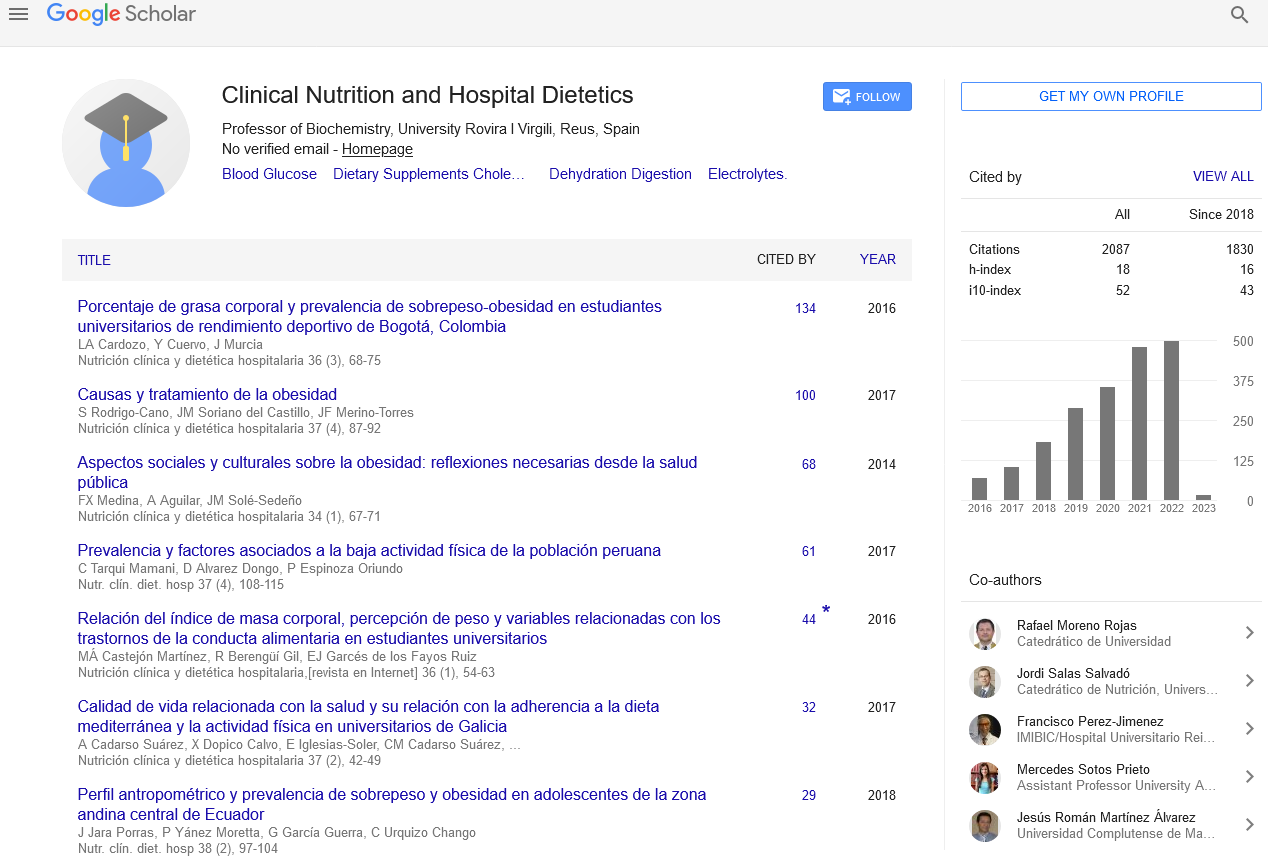Abstract
Different reference values for hand dynamometry: a conflicting issue
Author(s): Gonzalez Correa, Clara Helena; SepĂÂșlveda Gallego, Luz Elena; SantafĂ© SĂÂĄnchez, Luis Robert
Objective: To identify international normative data sets of handgrip strength (HGS) to be used as reference values in Colombian young and healthy adults.
Methods: A prospective and comparative observational study with 294 university students evaluated in an outpatient clinic at the University. Manual dynamometry, weight, height and percentage of body fat were measured. The latter was obtained by measuring 4 skin folds..
Results: As expected, it was found that the average maximum manual force obtained from three dynamometric measurements was higher in men than in women. These mean values were very different when compared to those of three populations of the same age obtained in other countries. When classifying subjects with alterations according to their hand strength by dynamometry, the abnormality rates varied considerably. After using a fourth set of values with lower averages than the previous ones, the results were not comparable with those of the population of the present study. The results did not change after adjusting for body mass index and total fat percentage.
Conclusions: The values that could have served as reference are not valid to determine the proportion of people with altered hand strength measured by dynamometry in a population of young adults from Colombia. As the usefulness of dynamometry measurements relies upon established and reliable reference values, caution should be taken when using normative data sets from other countries for diagnoses related to hand strength, because global differences can occur.
Google Scholar citation report
Citations : 2439
Clinical Nutrition and Hospital Dietetics received 2439 citations as per google scholar report
Indexed In
- Google Scholar
- Open J Gate
- Genamics JournalSeek
- Academic Keys
- JournalTOCs
- ResearchBible
- SCOPUS
- Ulrich's Periodicals Directory
- Access to Global Online Research in Agriculture (AGORA)
- Electronic Journals Library
- RefSeek
- Hamdard University
- EBSCO A-Z
- OCLC- WorldCat
- SWB online catalog
- Virtual Library of Biology (vifabio)
- Publons
- MIAR
- Geneva Foundation for Medical Education and Research
- Euro Pub
- Web of Science
Journal Highlights
- Blood Glucose
- Dietary Supplements
- Cholesterol, Dehydration
- Digestion
- Electrolytes
- Clinical Nutrition Studies
- energy balance
- Diet quality
- Clinical Nutrition and Hospital Dietetics




